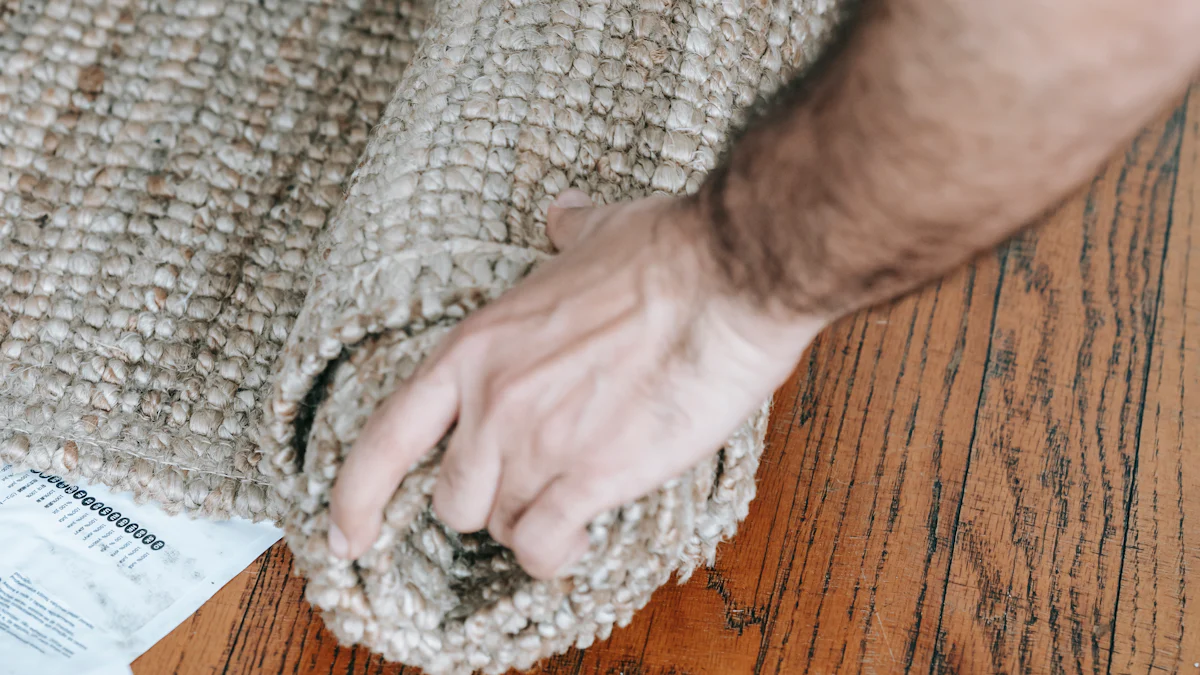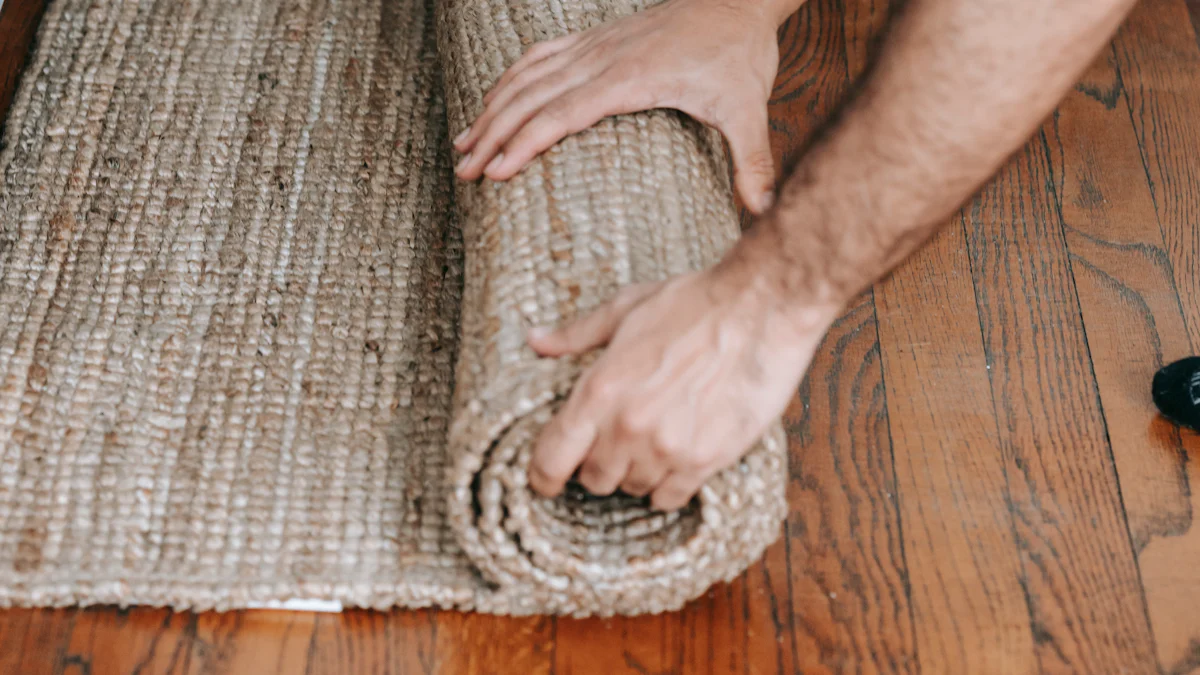
Getting Started with Your Carpet Cutting Tool
So, you’ve decided to take on the task of cutting and installing your own carpet. The first step in this process is selecting the right carpet cutting tool for the job. When it comes to choosing a tool, you have two main options: a standard utility knife or specialty tools designed specifically for cutting carpets.
Choosing the Right Carpet Cutting Tool
Standard Utility Knife vs. Specialty Tools
A utility knife is a versatile tool that can be used for various purposes, including cutting carpet. On the other hand, there are specialty tools such as carpet cutters and carpet knives that are specifically designed for working with carpets. These tools offer precision and ease when it comes to cutting through carpet fibers and backing materials.
Considering Your Carpet and Underfloor Type
Before making a decision, consider the type of carpet you will be working with as well as the underfloor material. For precise and fast cuts in wood underfloors or concrete, specialty tools like CT-375 for wood underfloors and CT-375C for concrete can be very effective.
Preparing Your Workspace
Safety First: Protective Gear and Precautions
When using any type of cutting tool, safety should always be a top priority. Ensure that you have the necessary protective gear such as gloves and safety goggles to prevent any accidents.
Setting Up for Precise Cuts
To ensure accurate cuts, it’s important to prepare your workspace properly. Place a board or scrap of plywood underneath the rolled-back edge of the carpet to protect the flooring below from the knife blade.
By carefully considering your options and taking necessary precautions, you’ll be well-prepared to start your carpet-cutting project on the right foot.
The Right Way to Use a Carpet Cutting Tool

Now that you have your carpet cutting tool selected and your workspace prepared, it’s time to delve into the actual process of cutting the carpet. This step-by-step guide will walk you through the essential techniques and tips for achieving precise and clean cuts.
Step-by-Step Guide to Cutting Carpet
Measuring and Marking Your Carpet
Before making any cuts, it’s crucial to measure the area accurately. Start by using a tape measure to determine the dimensions needed for your carpet piece. Once measured, use chalk or a fabric marker to mark the cutting lines directly onto the backside of the carpet. This will serve as a guide for where you need to cut, ensuring that you achieve accurate dimensions.
Making the Cut: Techniques and Tips
When it comes to actually making the cut, there are various techniques you can employ depending on the type of carpet and your chosen cutting tool. For loop pile carpets, a loop pile cutter is ideal for creating precise cuts without causing any damage to surrounding fibers. On the other hand, for wall-to-wall carpets, a standard utility knife with a sharp, fresh blade is recommended for achieving clean edges.
Handling Challenging Cuts
Dealing with Corners and Curves
Cutting carpet around corners and curves can be tricky, but with the right approach, it can be done smoothly. For corners, make relief cuts from each corner towards the center before trimming away excess material. When dealing with curves, consider using napping shears, which are designed specifically for shaping carpet around curved edges while maintaining its integrity.
Cutting Through Different Carpet Thicknesses
Different types of carpets come in varying thicknesses, which may require different cutting techniques. For thicker carpets such as shag or plush varieties, using a wall trimmer can help achieve straight and even cuts without causing any fraying along the edges.
By following these step-by-step instructions and employing these tips for handling challenging cuts, you’ll be well-equipped to tackle any type of carpet-cutting project with confidence.
Tips and Tricks for Carpet Cutting Success
Now that you have familiarized yourself with the carpet cutting tool and mastered the techniques for precise cuts, it’s time to explore some tips and tricks to enhance your overall carpet cutting tool experience.
Enhancing Precision and Efficiency
When using a carpet cutting tool, it’s essential to prioritize both precision and efficiency. One effective way to achieve this is by using a board or plywood underneath the rolled-back edge of the carpet. This not only protects the flooring below from the knife blade but also provides a stable surface for making clean, accurate cuts. As Diana Jensen learned while using the Hyde Tools 54020 Carpet Knife, having proper underlay protection can significantly improve the precision of your cuts in tricky areas.
Another crucial factor in achieving precision is ensuring that you have a fresh blade on your cutting tool. As emphasized by Wikihow, using a sharp knife allows you to work quickly and with necessary accuracy and control. Throughout your project, make sure to change the blade as soon as it gets dull so you can work as safely and efficiently as possible.
Avoiding Common Mistakes
One common mistake when working with a carpet cutting tool is rushing through the process. Taking your time and carefully following each step will ultimately lead to better results. Rushing can result in inaccurate measurements, uneven cuts, or even accidents. Always remember that patience is key when it comes to achieving precise cuts.
Regular blade changes are equally important in avoiding mistakes during carpet cutting projects. According to Safety Manual OSHA, always use the correct tool for the job and ensure that your cutting tools are in good condition and sharp enough to do the job. By regularly changing blades, you can maintain optimal performance while minimizing the risk of errors caused by dull or worn-out blades.
By implementing these tips and tricks into your carpet-cutting routine, you’ll not only enhance precision and efficiency but also minimize common mistakes that could compromise the quality of your work.
Maintaining Your Carpet Cutting Tool
Once you’ve completed your carpet cutting project, it’s essential to properly maintain your carpet cutting tool to ensure its longevity and optimal performance for future use.
Cleaning and Storing Your Tools
Routine Cleaning Tips
After each use, it’s important to clean your carpet cutting tool thoroughly to remove any debris or residue that may have accumulated during the cutting process. Use a damp cloth to wipe down the blade and handle, ensuring that no dirt or adhesive is left behind. For more stubborn residue, a mild solvent can be used, but always remember to handle solvents with caution and in a well-ventilated area.
Proper Storage Solutions
When not in use, it’s crucial to store your carpet cutting tools properly. Always retract the blade fully and keep it securely locked in place. Avoid storing the tools with exposed blades to prevent accidents. Consider investing in a durable tool box or case specifically designed for storing cutting tools, ensuring they are kept safe and organized between uses.
When to Replace Your Carpet Cutting Tool
Signs of Wear and Tear
Regularly inspect your carpet cutting tool for signs of wear and tear. Look out for dull or chipped blades, loose handles, or any other visible damage that may affect its performance. If you notice any of these signs, it may be time to consider replacing certain components or the entire tool itself.
Upgrading Your Tool for Better Performance
If you find that your current carpet cutting tool no longer meets your needs or has become worn beyond repair, consider upgrading to a newer model that offers enhanced features and functionality. Diana Jensen found that the Roberts 10–146GT Cushion Back Carpet Cutter provided smooth cuts across all thicknesses of cushion-back and conventional carpet while offering adjustable blade depth for precise cutting. Upgrading to a more advanced tool can significantly improve your overall carpet-cutting experience.
